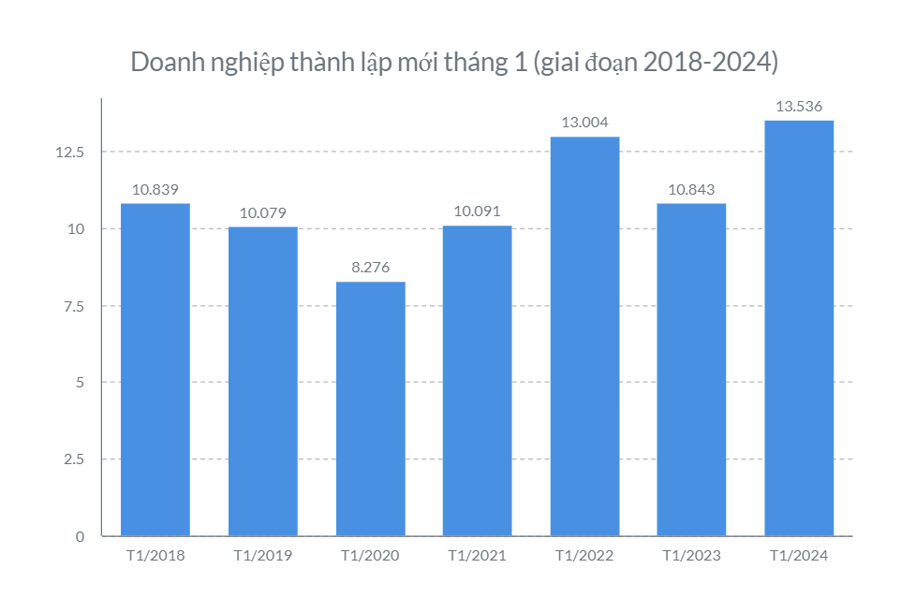Towards the end of last month, a set of images featuring a batch of Russian Lada cars caught attention as they were seen stacked in a parking lot. The batch of cars in Vietnam includes four different models: Granta, Vesta, Niva, and Niva Travel.
These cars are expected to be priced very competitively (starting from under VND 400 million) and are renowned for their durability. However, with the Vietnamese market becoming increasingly competitive, will Lada cars stand a chance?

Lada Vesta in Russia.
The four Lada models that have made their way to Vietnam fall into the small-sized car segments: Granta and Vesta are both B-segment sedans, although Granta is a sub-B-segment car (slightly smaller than a typical B-segment car but larger than an A-segment car), while Niva Travel is a raised A-segment car, and Niva is a 3-door compact SUV (similar to the Suzuki Jimny).
In addition to their compact size, which is ideal for urban commuting, the pricing of Lada cars is also a compelling factor. For instance, the Lada Granta is expected to be priced around VND 360 million, which is lower than its similarly-sized competitors such as the KIA Soluto (starting from VND 386 million) or the Mitsubishi Attrage (starting from VND 380 million).

Lada Vesta in a Vietnam parking lot. Photo: Maks Phortochkin
The next model with an estimated price is the Lada Niva, expected to start from just VND 390 million. This car has almost no direct competitors in the Vietnamese market due to its unique size and pricing. The only comparable model is the Suzuki Jimny, which has a similar size but is priced nearly twice as high at VND 789 million.
The remaining two models, the Lada Vesta and Lada Niva Travel, do not have estimated prices yet. However, a common trait among all four models about to be sold in Vietnam is their sparse equipment compared to the market standard. For instance, the Lada Granta lacks an infotainment screen, and the Lada Vesta does not offer ADAS features like its competitors, the Vios and Accent.
Nevertheless, the combination of lower pricing and renowned durability will undoubtedly appeal to a certain group of customers.
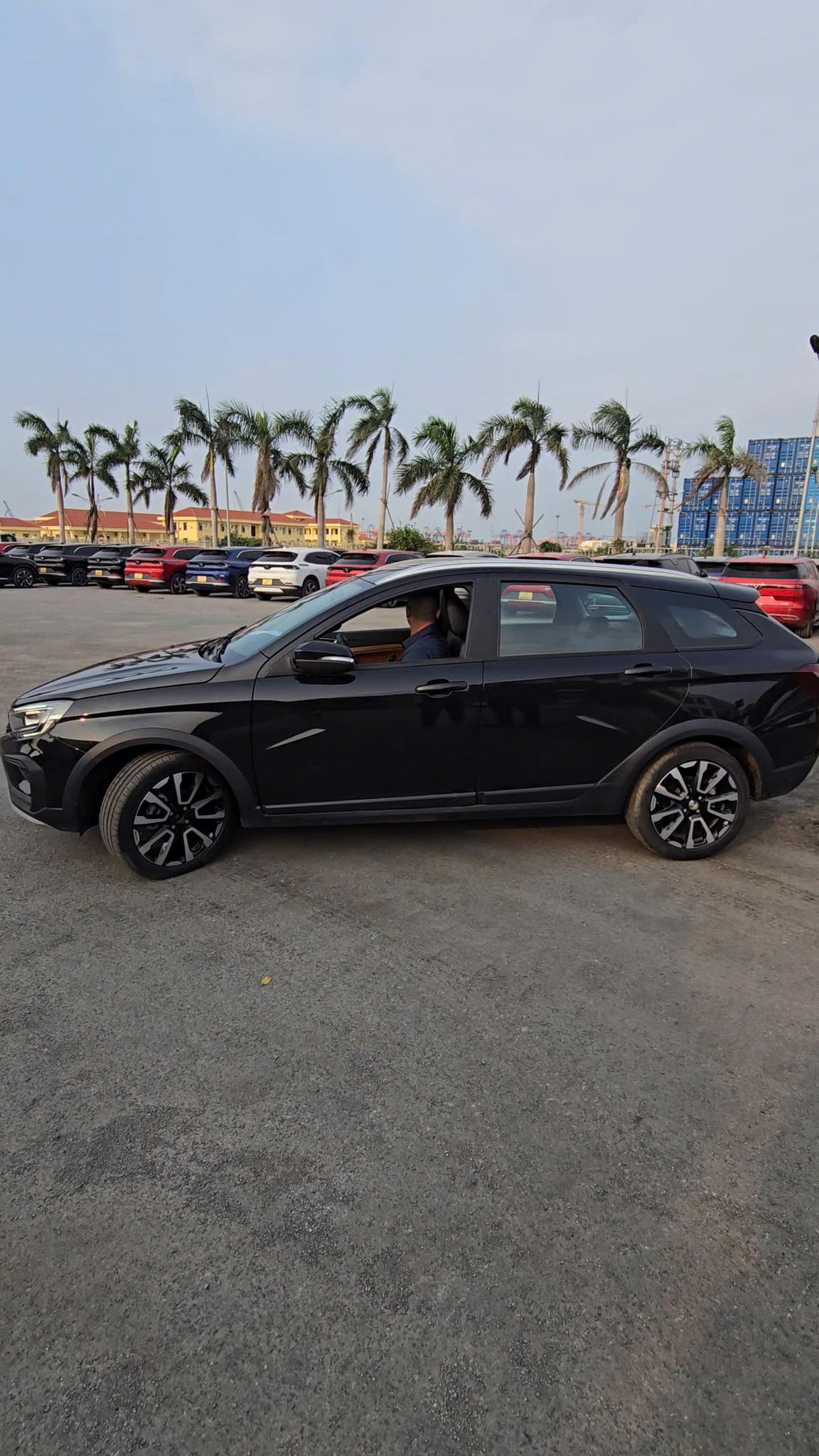
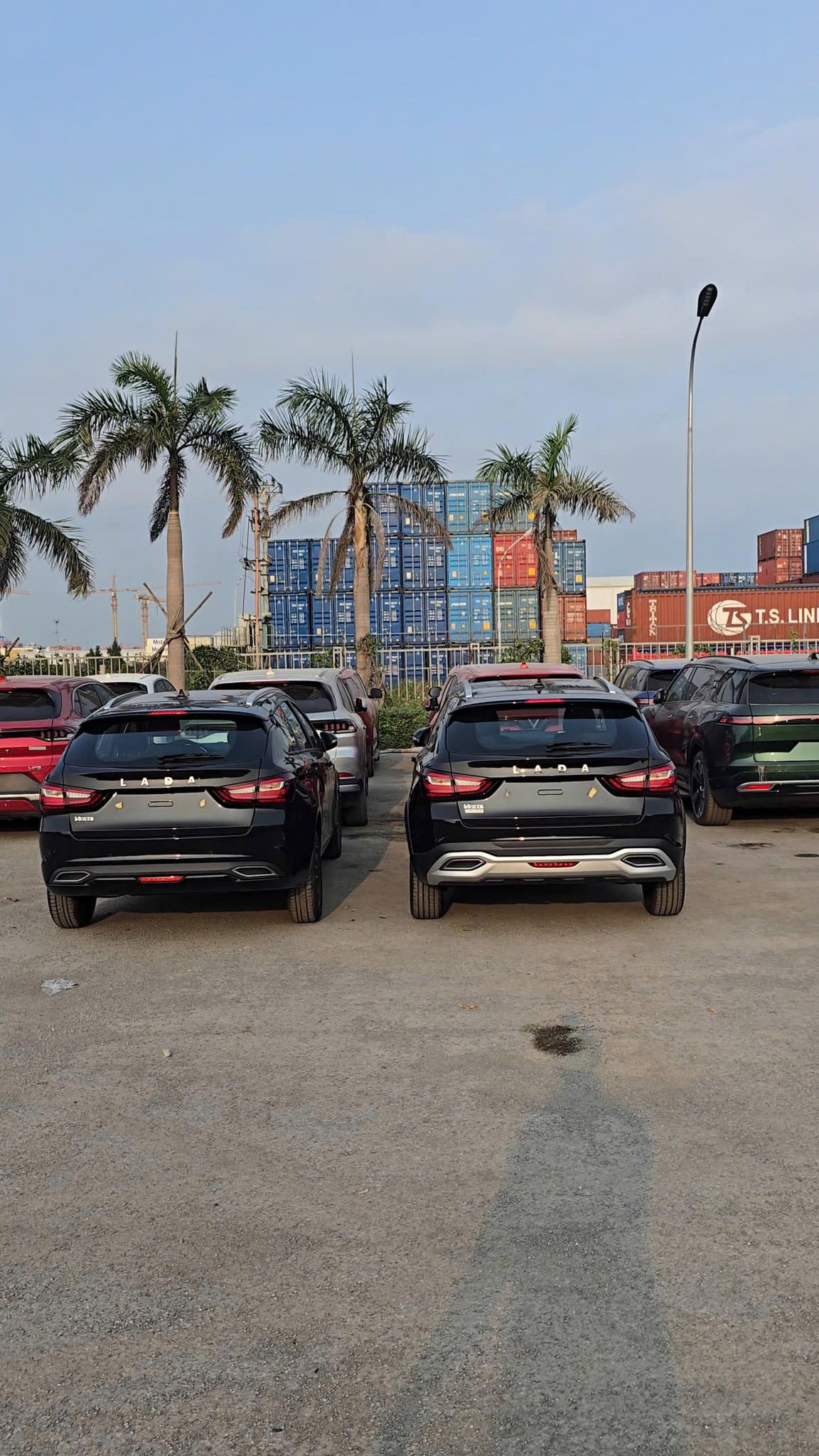
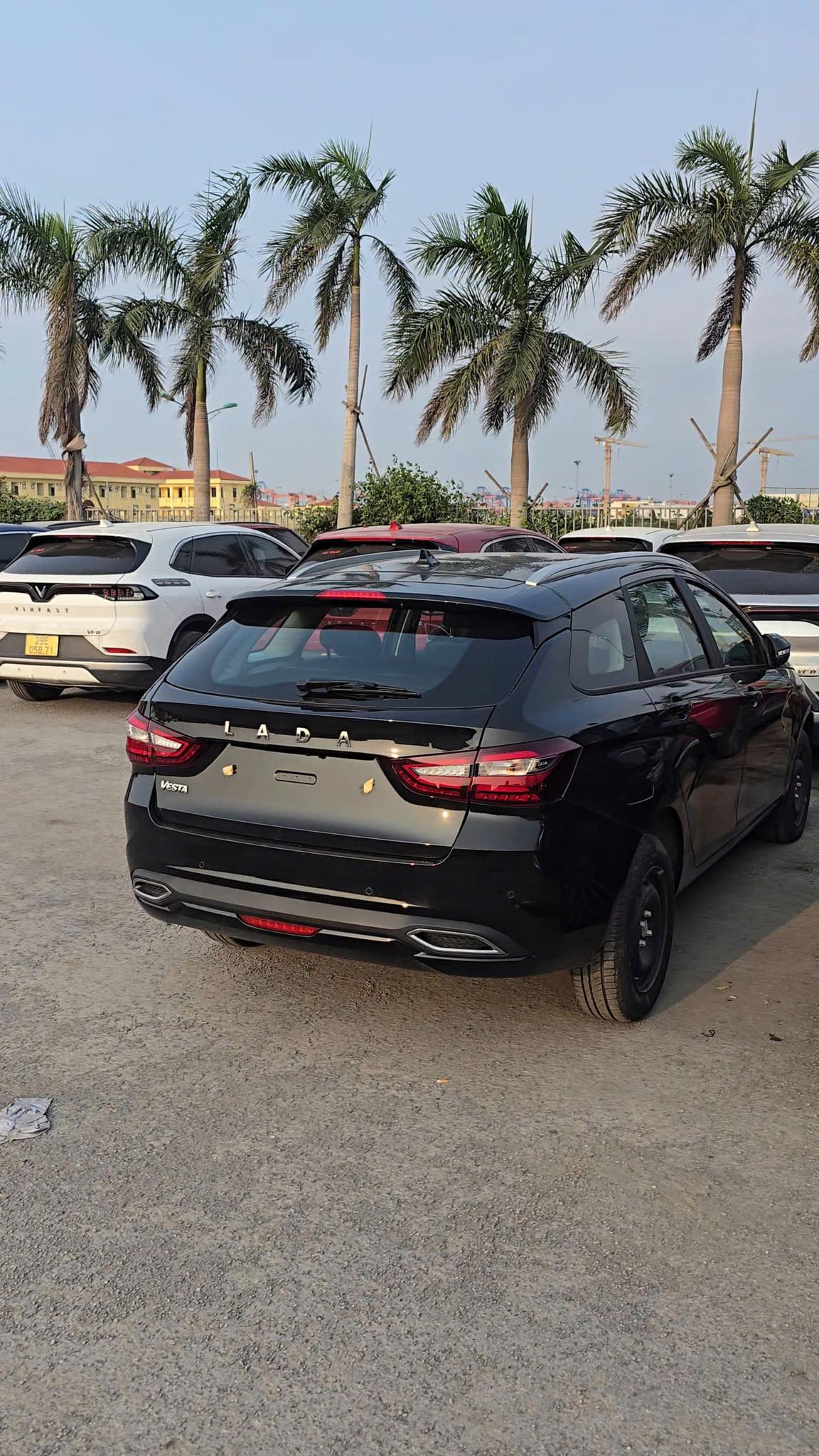
Lada Vesta wagon version. Photo: Maks Phortochkin
In Vietnam, cars are not only used in densely populated urban areas like Hanoi, Ho Chi Minh City, Danang, or Haiphong, but they are also prevalent in suburban and rural areas with spacious roads and scattered residential areas.
While cars are common in these regions, most of them are older models used solely for protection from the sun and rain. These older cars are extremely affordable, but they come with operational risks, frequent breakdowns, scarce replacement parts, and high fuel consumption.
However, with their significantly lower price point compared to the market, Lada cars could be a more reliable option than these older vehicles.

Lada Niva. Photo: Maks Phortochkin
Apart from the used car market, Lada cars could also target the service car segment.
In Vietnam, the MG5 MT is one of the few cars specifically targeted at the service car segment. It has the size of a C-segment sedan but is priced lower than a B-segment sedan. Along with its affordable price, the MG5 MT also offers just enough equipment to ensure safe and comfortable operation.
If Lada aims for this segment, the durability of their cars could be a significant advantage. However, this new brand will need to establish a widespread and efficient replacement parts distribution network to gain the trust of consumers.
The All-New Russian Car Models Arrive in Vietnam: A Sneak Peek at the Affordable Lineup, Including a Suzuki Jimny-inspired SUV and a Compact Sedan Similar in Size to the Mitsubishi Attrage.
A fleet of Lada vehicles has quietly arrived in Vietnam, comprising a range of small sedans and SUVs. While the official launch date remains unknown, the arrival of these vehicles has certainly piqued the interest of automotive enthusiasts in the country. With their unique style and affordable price point, Lada cars have the potential to shake up the Vietnamese automobile market.





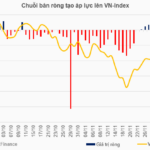
![[On Seat 33] ‘999 Million Reasons to Elevate the Honda Civic e:HEV RS Above the C-Segment Sedan Fray, Entering the Realm of Fun-to-Drive Machines Like the Jimny’](https://xe.today/wp-content/uploads/2024/11/v-quote-te-150x150.jpg)












